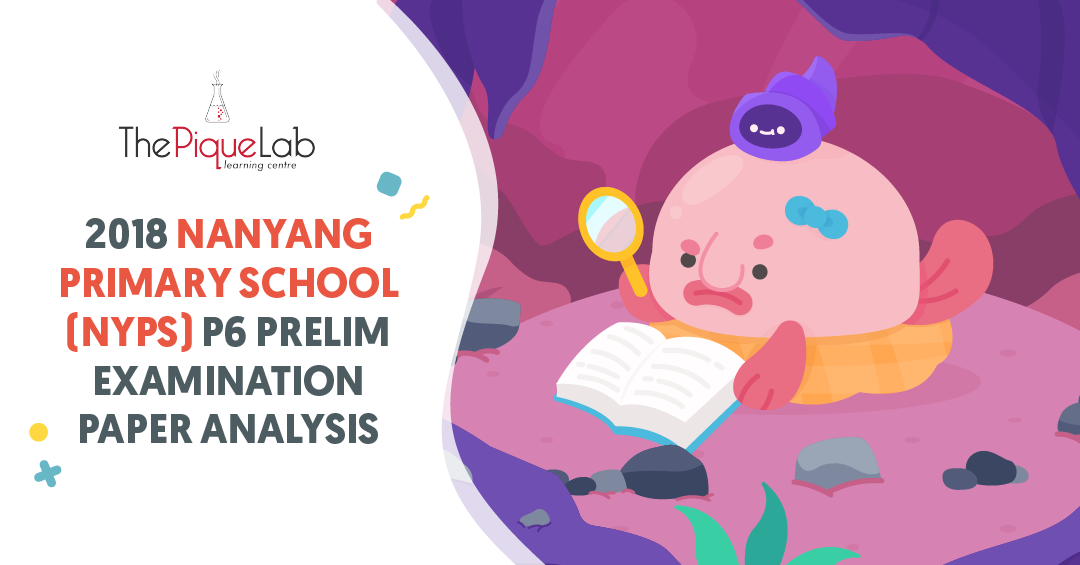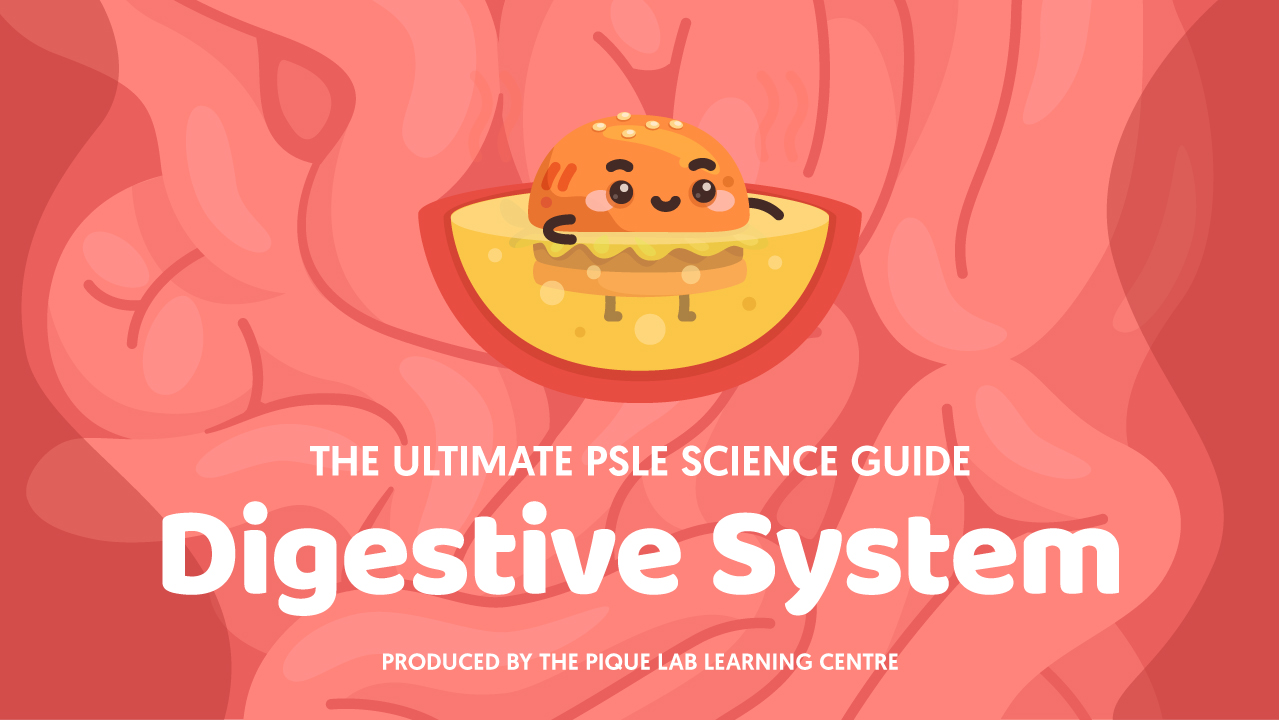Welcome back to our Examination Paper Analysis series!
I hope the previous articles analysing the P4 and P5 past year examination papers have been beneficial to you!
Today’s analysis is based on the 2018 Rulang Primary School (RLPS) P4 SA2 examination.
As usual, I will be sharing with you the topic weightage of the paper, as well as discussing two interesting questions I came across.
Topic Weightage in The 2018 RLPS P4 SA2 Examination Paper
Let us recap the topics that are commonly taught in the P3 and P4 curriculum:
- Diversity
- Materials
- Animal Life Cycles
- Plants including Plant Life Cycle
- Body Systems
- Magnets
- Matter
- Light Energy
- Heat Energy
There are a total of 11 questions on the topic of Heat Energy in this paper and 6 questions on the topic of Light Energy! In third place, surprisingly, we have the topic of Materials, which is typically taught in the Primary 3 curriculum, being tested in 5 questions in this paper.
If your child struggles with the aforementioned topics, the 2018 RLPS P4 SA2 paper is ideal for your child’s practice!
If your child would like to practice on more questions from the topic of Animal Life Cycles, I am afraid that this paper will not be as suitable as there are no questions tested on this topic.
Read Also:
Here’s A Summary
The table below is a summary of the topical weightage in the paper.
 Since Heat Energy has the highest weightage in this paper, we will be discussing one of these questions (Q16).
Since Heat Energy has the highest weightage in this paper, we will be discussing one of these questions (Q16).
We will also be analysing a commonly tested question (Q44a) on Materials that often cause students to lose marks during examinations.
Let’s Analyse Question 16

Source: Rulang Primary School – 2018 P4 SA2 Science Examination Paper [Q16]
Thought Process
The empty steel cup was placed in a basin of hot water and students were asked about the possible observation that could be made after 5 minutes.
While the question mentioned that the container is empty, does it really mean that there is absolutely nothing in the cup?
If you really think that there is nothing in the steel cup, think again! 😰
What could be in the cup that is not visible to the eye?
It is air! Air occupies the seemingly “empty” space in the cup and once the cup is covered by the cling wrap, the air cannot escape.
With the steel cup (that has air in it) placed into the basin of hot water, let us first identify which objects are of a lower temperature and which objects are of a higher temperature.
- Higher Temperature: Basin of hot water
- Lower Temperature: Steel cup, Air in the steel cup
Since heat travels from a region of higher temperature to a region of lower temperature, we know that heat will travel from the basin of hot water to the steel cup. This makes the steel cup warmer than the air in it. Thus, heat from the warmer steel cup will, in turn, travel to the air in the cup.
In other words, the air in the steel cup will gain heat from the steel cup/hot water to expand and increase in volume. The heated air will occupy more space than is available in the steel cup, pushing the cling wrap covering. This causes the cling wrap to bulge outwards at the mouth of the steel cup.
*You may wish to note that while the air in the steel cup occupies more space, it doesn’t mean that the mass of the air increases. The mass of the air in the cup remains the same since no additional air entered the cup, neither did the air in the cup escape.
Here’s The Final Answer
As such, the answer to Q16 is Option (4).
Now, Let’s Take A Look At Question 44(a)

Source: Rulang Primary School – 2018 P4 SA2 Science Examination Paper [Q44]
Thought Process
In order to choose a suitable material to make a towel, we must first understand the function of a towel.
The towel is typically used to keep the person dry after showering or exercising. Thus, the most suitable material to be used to make the towel must be the most absorbent and absorb the most amount of water.
Looking at the data collected in the experiment, we can see that the “height at which the water rose” was the highest for Material K. This shows that Material K absorbed the most amount of water and is the most absorbent material. Thus, the most suitable material to make a towel would be Material K.
However, it is not enough to simply choose the right material. We also have to use the data given in the question to explain the reason behind choosing that material.
In order to answer this question accurately and achieve the full 2 marks, I would highly recommend that you use the CUE concept (Choose, Use data, Explain data) that we teach our students here at The Pique Lab.
As such, I have restructured my answer using the CUE concept.
Answer
Choose: Material K.
Use Data: The height at which the water rose for Material K is the greatest.
Explain Data: This shows that Material K is the most absorbent and would absorb the most amount of water, keeping the person using the towel the driest.
Do also note that in addition to the CUE concept, I have included the purpose of material (“keeping the person using the towel the driest”).
This is due to the answering requirement of relating the property of the material to the purpose of the object tested.
Students who omit this part in their answer will not be awarded the full marks for this question.
Moving Forward
I hope this article gave you a better idea of how to tackle these questions!
Keep a lookout here for more helpful articles coming your way!

If you like our methodology, we've some upcoming workshops:







